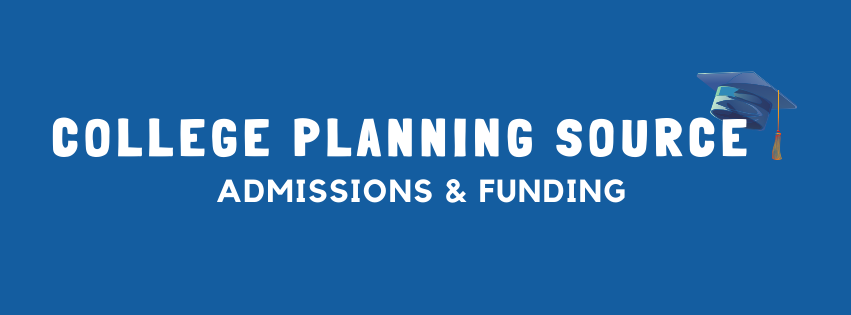-
Post Applications
- Alternate Campus Admissions
- Appeals
- Community College Transfer Pathway to UC or CSU
- Deferrals
- Freshmen Orientation
- Intent to Enroll
- Scholarships
- Selecting Housing/Dorms
- Accepted
- Not Accepted
- Spring Acceptance
- Student Portals
- Waitlisted
- Honors Programs at Colleges
- Continued Letters of Interest: What They Are, How to Write One, and an Example Template
Navigating the Community College Transfer Pathway to UC or CSU
Choosing the right path for your higher education is a pivotal decision. For many students, starting at a community college and then transferring to a four-year university offers a flexible, economical, and strategic route to achieving their academic goals. Whether you’re not ready to commit to a four-year college, unsure about your major, looking to save on tuition costs, or aiming for a school that was out of reach initially, the community college transfer pathway to the University of California (UC) and California State University (CSU) systems is a viable and attractive option.
Understanding the Transfer Pathway
The transfer pathway from California Community Colleges (CCC) to either UC or CSU campuses is designed to make higher education accessible and achievable for more students. Here’s what you need to know:
UC Transfer Admission Guarantee (TAG) Program:
- Six UC campuses offer guaranteed admission to CCC students who meet specific requirements through the TAG program.
- To secure your place, you’ll need to submit a TAG application and complete the required coursework and GPA requirements outlined in your TAG agreement.
CSU Transfer Success Pathways:
- Information and resources for transferring to CSU campuses can be found through Assist.org or specific Transfer Success Pathways programs.
- These pathways are designed to streamline the transfer process to CSU campuses.
Key Considerations for Prospective Transfer Students
- Unit Requirements:
- Aim to complete 60 semester/90 quarter units by the spring before your intended fall transfer. This typically equates to two years of full-time study
- You’ll need to be strategic with the coursework that you complete before certain deadlines prior to transferring.
- Program Restrictions:
- Not all UC or CSU campuses participate in the TAG program, and competitive programs at UCLA, UC Berkeley, and UCSD require a more competitive applicant profile. UC Transfer Stats By Major
- It’s crucial to research and understand the specific requirements for the campuses and programs you’re interested in.
- Application Process:
-
- You will need to fill out and submit a new application for UC and/or CSU campuses, including detailing your extracurricular activities to stand out among applicants.
Pro Tip: Make sure you engage in extracurricular activities in order to make your profile stand out next to other applicants with similar academic merit to yourself.
-
- Course Requirements:
- Required and prerequisite courses vary by major. Familiarize yourself with the specific courses needed for your intended major, especially in subjects like math, where requirements can significantly differ.
- As an example, the IGETC transfer list of courses only requires one math course, however depending on your major, you’ll need to find out what level and math courses meet the requirement. With most UCs and CSUs, they accept students generally in the Fall. The last thing you want to hear is that you have to wait another year to apply because you didn’t mee the requirements.
- Stay Proactive:
- Changing your major can alter the set of requirements needed for transfer. Maintain regular communication with a transfer admissions counselor at your community college to keep your plans on track.
- Exploring Majors:
- Before embarking on your community college journey, identify 2-3 majors of interest and research the transfer requirements for each to avoid any delays or disruptions in your transfer pathway.
Benefits of the Community College Transfer Pathway
- Flexibility: Community college allows you to explore different fields of study without the high cost of tuition at a four-year institution.
- Cost Savings: Save on tuition and living expenses while completing your lower-division coursework.
- Access to Four-Year Universities: Improve your chances of attending a UC or CSU campus by meeting the transfer requirements and utilizing programs like TAG.
- Supportive Resources: Take advantage of advising and support services dedicated to transfer students to ensure a smooth transition.
Choosing the community college transfer pathway to UC and CSU campuses is a smart strategy for many students. By understanding the requirements, staying engaged in your education, and taking proactive steps toward your transfer, you can navigate this path successfully. Remember, this journey requires planning, dedication, and a clear vision of your academic and career goals. With the right preparation, transferring from a community college to a UC or CSU can be a seamless and rewarding experience.
Ready to get some guidance? Schedule a College Planning Assessment today!
Want college planning guidance delivered to you?
Sign up for our Counselor’s Corner Newsletter to receive helpful information and tips for
both parents and students on navigating the college admissions journey.




